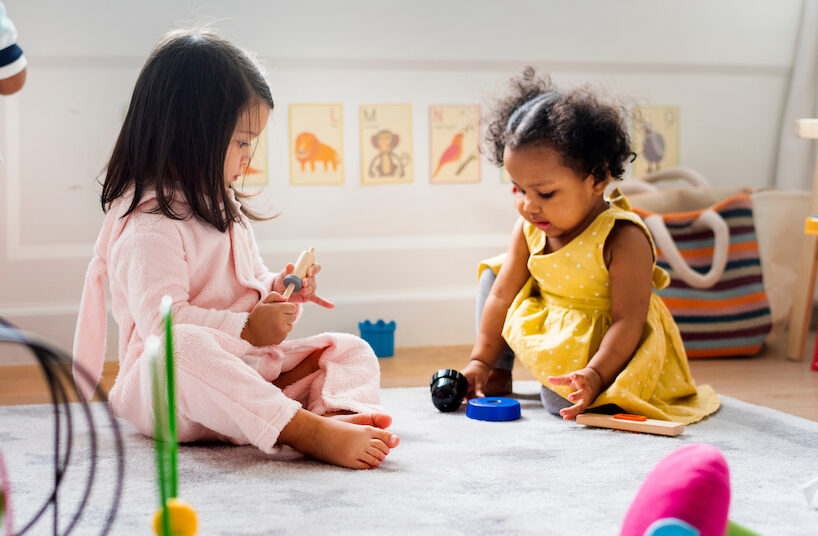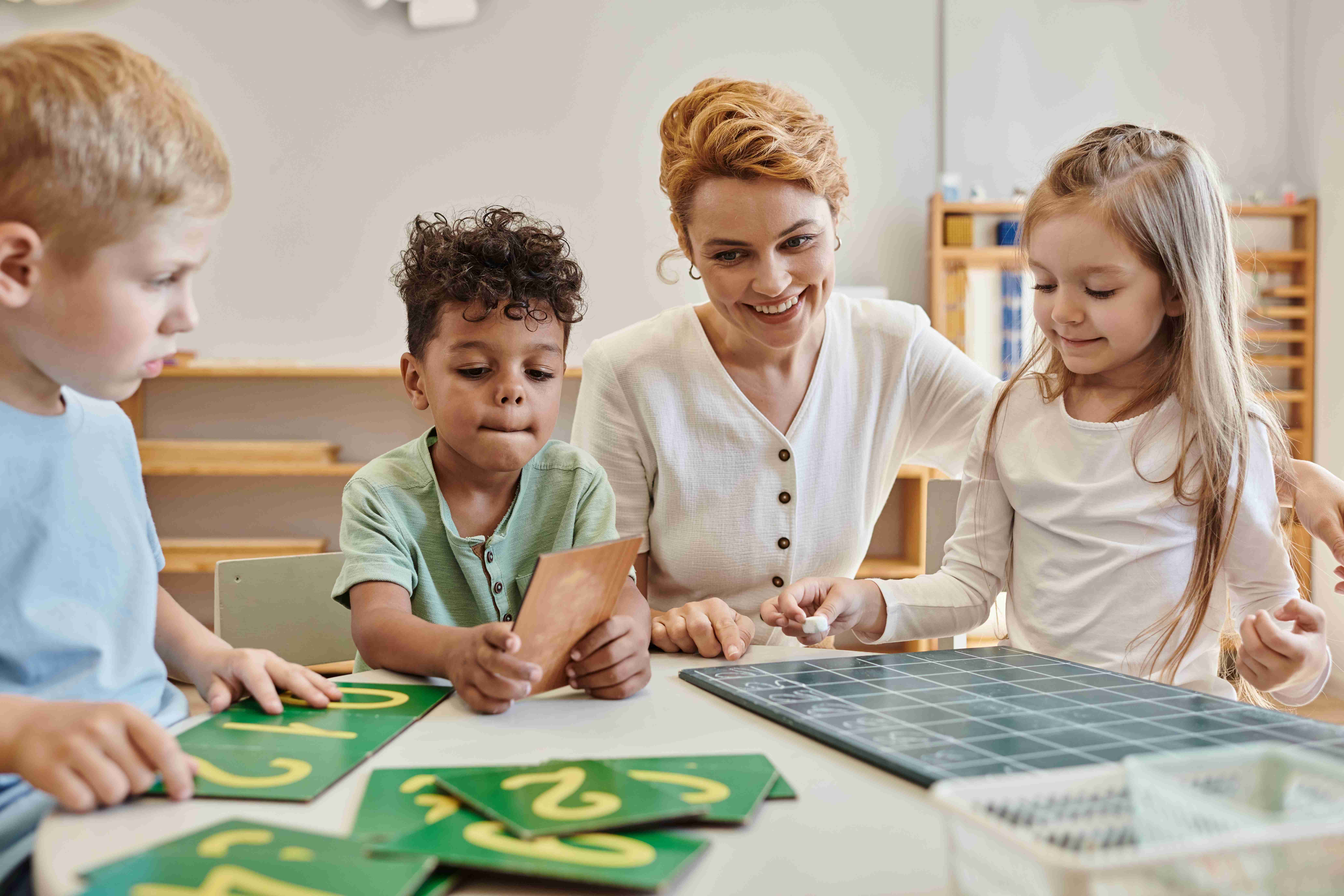If you are looking to raise bilingual children, it’s exciting to know that exposing them to a second or third language could be one of the most rewarding things you do as a parent. Although the process is not always simple, it is actually easier to learn new languages before the age of 12. Plus learning a new language enhances your child’s cognitive development, and gives them something to add to their resume later in life.

So what teaching methods are available?
Speaking to them
Parents who are fluent in a foreign language can simply choose to speak that language at all times, and make it a part of home life. They can continue to speak another language at school or with their friends, but make it a rule to speak only in the foreign language while at home.
Books and videos
You can set aside some reading time for your children to introduce them to the writing and sounds of other languages. This way, they can familiarise themselves with a new language and develop gradually.
Bilingual immersion
With this method, learning the new language is integrated in the academic curriculum. Children of any age – usually from preschool – are placed in a school environment where all the teaching and regular conversation is conducted in the new language being taught. This way, children can learn a second or third language the same way they learn their first tongue.
A variation of this technique is the two-way bilingual immersion method, where native English speakers and native speakers of the foreign language are placed in the same classroom so they can learn from one another.
Extracurricular programs
Some schools that don’t offer bilingual education programs provide linguistic learning opportunities through extracurricular programs that take place on weekday afternoons or weekend mornings. These programs provide a great way for children to learn foreign languages that are less common. However, these programs can take away your child’s time for other activities such as music and sports. You should also monitor your child so he/she doesn’t feel mentally drained from the prolonged classes.
Visit foreign neighbourhoods
The basic idea for learning a new language is exposure, and staying in a foreign country is a great way for your children to experience other cultures and languages. However, since not many people have relatives or work-related duties in foreign countries, you can visit neighbourhoods where those languages are spoken.
If you want your children to learn other languages, it is important that you make the process fun and interesting. Visiting neighbourhoods or establishments where there are diverse cultures and pointing out the differences is a great way to make your child aware of other languages and cultures and get them interested in learning them. At Childventures, we nurture this sense of learning and teach children French through our curriculum model. Find out more and contact us today!


